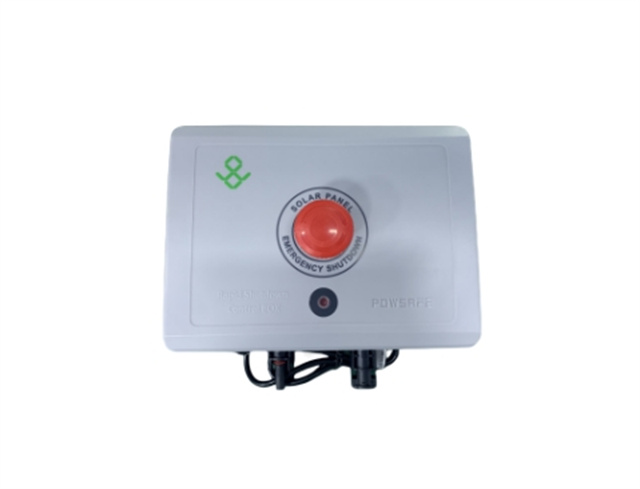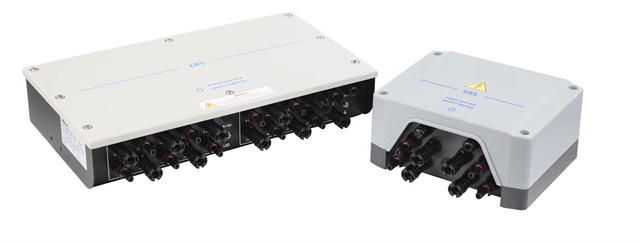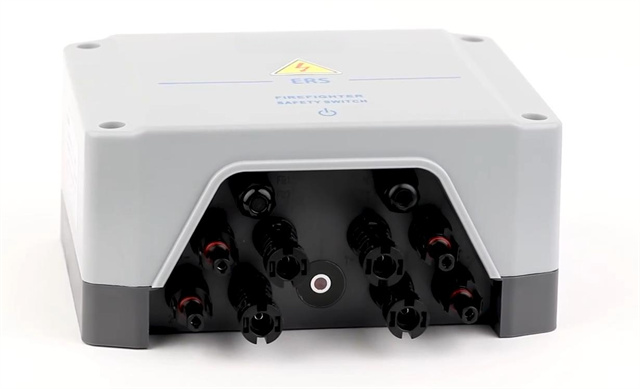Author:BLD Solar Energy SystemFROM:Solar System Converter Manufacturer TIME:2023-08-29
The solar industry has experienced significant growth in recent years, as more and more people are recognizing the benefits of harnessing clean and renewable energy. However, with the increasing deployment of solar PV systems, it is crucial to understand and implement safety measures to ensure the protection of both installers and emergency personnel. One such safety measure is the usage of Solar Rapid Shutdown Devices (RSDs). In this article, we will explore the importance of RSDs in the solar industry and how they contribute to the overall safety of solar PV systems.

Solar Rapid Shutdown Devices, also known as RSDs, are electrical devices used in photovoltaic (PV) systems to quickly de-energize the array in case of an emergency or maintenance. These devices are designed to minimize the risk of electric shock hazards for firefighters, first responders, and other individuals who may come into contact with the system during emergencies. RSDs are typically installed at the rooftop level or near the array, allowing for swift and easy shutdown of the system when necessary.

Rapid shutdown devices play a crucial role in ensuring the safety of both installers and emergency personnel. They provide a means to isolate the solar array from the rest of the system, reducing the risk of electrical shock or injury during emergency situations. In the event of a fire or other emergency, quick shutdown of the system allows firefighters to work safely without the risk of encountering live wires or high-voltage DC outputs. Additionally, RSDs help to prevent potential damage to the solar array caused by arc faults or other electrical malfunctions, enhancing the overall reliability and longevity of the system.

There are several ways to implement Solar Rapid Shutdown Devices in solar PV systems. One common method is to utilize module-level power electronics (MLPE), such as microinverters or DC optimizers, which allow for individual panel shutdown. This approach provides more granular control over the system and ensures that each module can be quickly and easily de-energized. Another option is the use of string-level rapid shutdown devices, which enable the shutdown of multiple panels connected in series. These devices are typically installed at the string level, improving system-wide safety while reducing overall costs.
In order to comply with safety regulations and building codes, it is essential for solar PV system installers to understand the specific requirements and guidelines regarding the usage of RSDs. This includes proper installation, testing, and documentation to ensure full compliance and optimal safety. Additionally, ongoing maintenance and periodic inspection of the RSDs should be conducted to ensure their continued effectiveness.
In conclusion, Solar Rapid Shutdown Devices are a critical component of solar PV systems, providing enhanced safety measures for both installers and emergency personnel. With the continued growth of the solar industry, it is essential for stakeholders to prioritize the implementation of these devices to ensure the safe and successful deployment of solar PV systems. By understanding the importance and functionality of RSDs, we can continue to promote the widespread adoption of solar energy while maintaining high safety standards.
